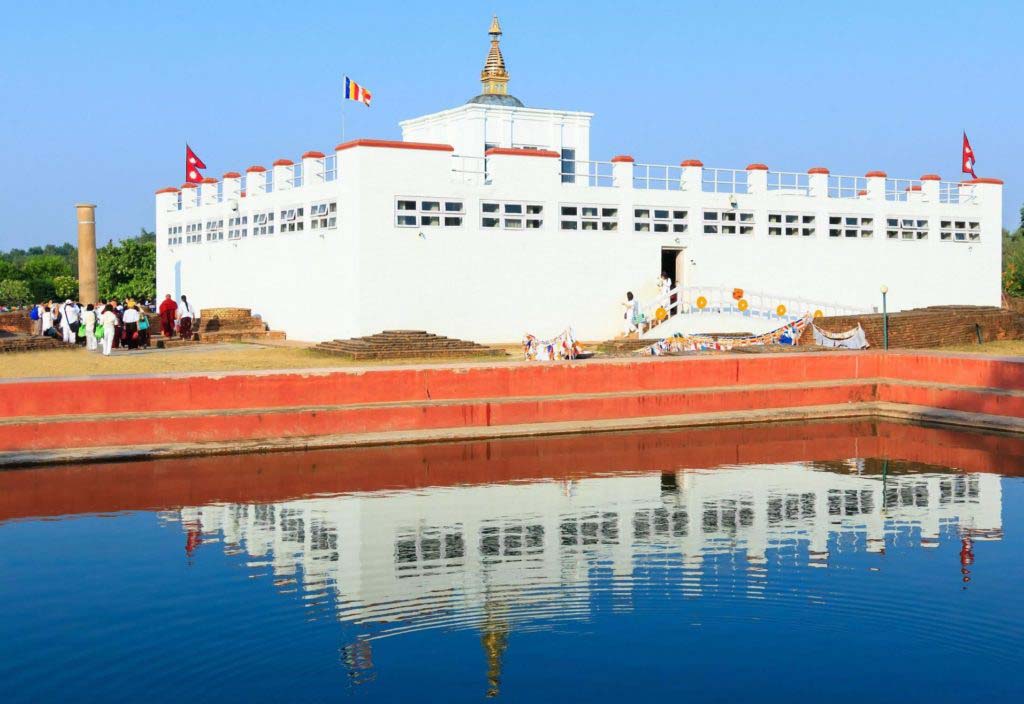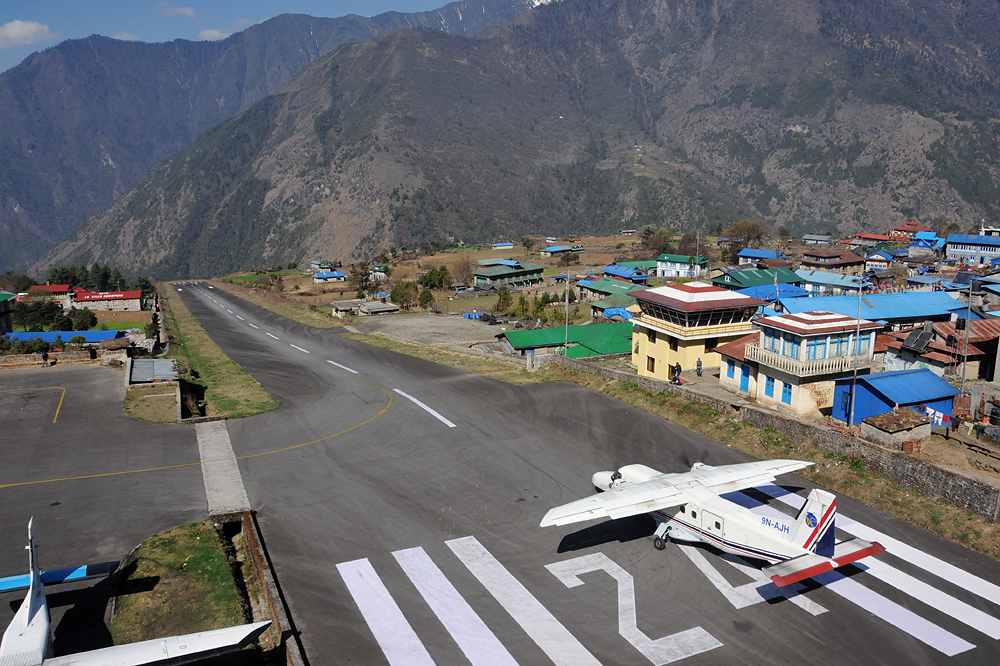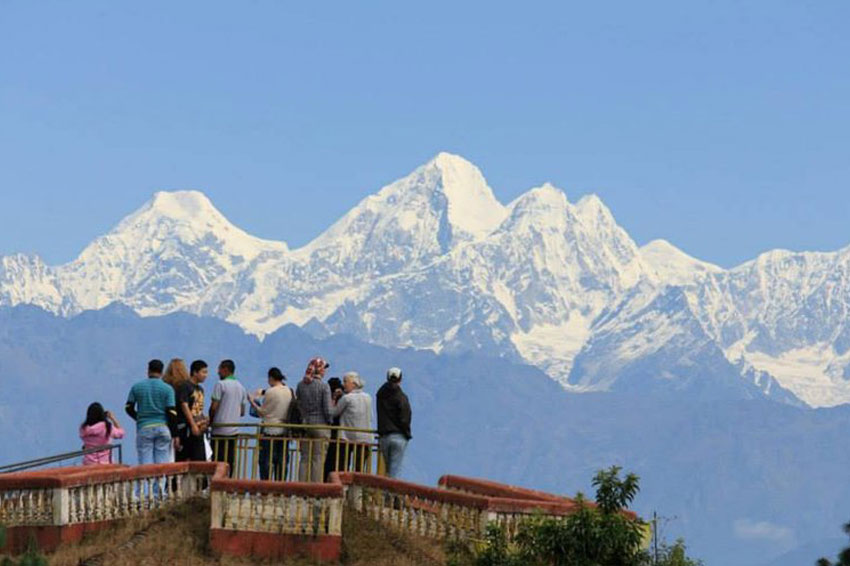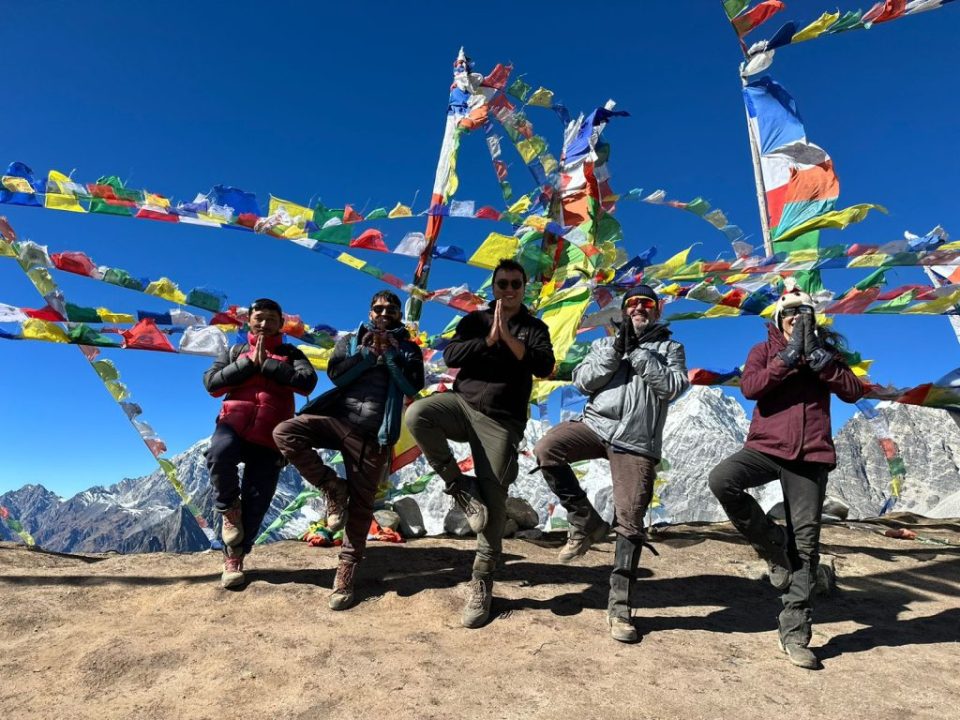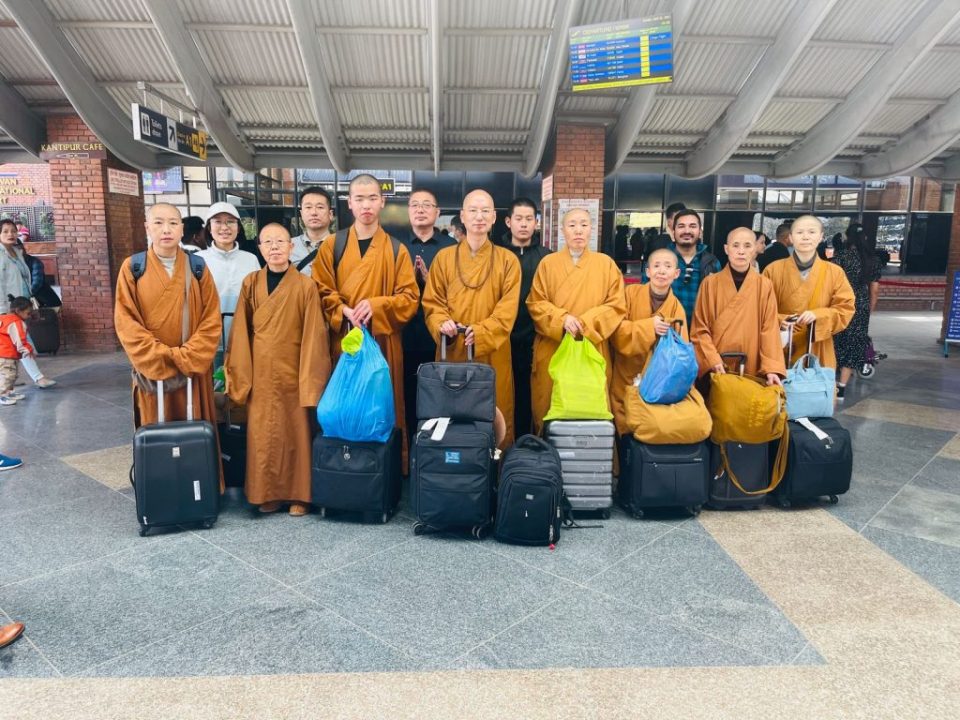Introduction: A Lumbini Tour to the Birthplace of Lord Buddha
In the heart of Nepal lies a place of profound spiritual significance, where the echoes of enlightenment reverberate through time – Lumbini, the birthplace of Lord Buddha. Embarking on a Lumbini tour is not just a journey across geographical landscapes but a pilgrimage into the depths of spirituality and tranquility. In this blog post, we will delve into the historical and cultural richness of Lumbini, exploring the sacred grounds that cradle the beginnings of Buddhism.
I. Unveiling the Historical Tapestry:
Lumbini, situated in the Rupandehi District of Nepal, stands as a testament to the spiritual legacy of Lord Buddha. According to ancient scriptures, it was beneath the shade of a Bodhi tree in Lumbini that Queen Maya Devi gave birth to Siddhartha Gautama, who later became the Buddha. The precise location of the birth is marked by the sacred Maya Devi Temple, a serene sanctuary that draws pilgrims and curious travelers alike.
The archaeological ruins in Lumbini paint a vivid picture of the historical tapestry that envelopes this sacred site. The Ashoka Pillar, erected by the Indian Emperor Ashoka in the 3rd century BCE, serves as an enduring symbol of veneration and preservation. The pillar’s inscription proclaims the significance of Lumbini and the Buddha’s birth, offering a glimpse into the ancient reverence bestowed upon this hallowed ground.
II. The Sacred Maya Devi Temple:
At the heart of Lumbini lies the Maya Devi Temple, an architectural marvel that enshrines the exact spot of Lord Buddha’s birth. Pilgrims from around the world gather here to pay homage to Queen Maya Devi, the mother of the enlightened one. The temple, surrounded by a tranquil garden, exudes a sense of peace and introspection, inviting visitors to connect with the spiritual energy that permeates the air.
As one enters the temple complex, the iconic marker stone, known as the Nativity Sculpture, stands as a silent witness to the historical moment that unfolded over two millennia ago. The serene atmosphere within the temple and its surroundings provides a unique opportunity for reflection, meditation, and a deepening connection with the teachings of Buddhism.
III. Exploring the Lumbini Development Zone:
Beyond the Maya Devi Temple, the Lumbini Development Zone unfolds, offering a comprehensive exploration of Buddhist heritage. The zone encompasses various monasteries built by Buddhist communities from different countries, each contributing to the cultural mosaic of Lumbini. These monasteries are not merely architectural wonders but living embodiments of the global Buddhist community’s commitment to preserving and promoting the teachings of Lord Buddha.
The Great Drigung Kagyud Lotus Stupa, the International Gautami Nuns Temple, and the World Peace Pagoda are just a few of the remarkable structures that adorn the landscape. Each of these monuments encapsulates the diverse cultural expressions of Buddhism and serves as a bridge between the ancient roots of the faith and its contemporary global presence.
IV. The Lumbini Museum: Unveiling the Past:
For those eager to delve deeper into the historical and cultural layers of Lumbini, the Lumbini Museum stands as an invaluable resource. The museum houses a collection of artifacts, manuscripts, and exhibits that chronicle the evolution of Buddhism and the significance of Lumbini. From ancient sculptures to contemporary artworks, the museum weaves a narrative that transcends time, providing visitors with a profound understanding of the cultural legacy encapsulated within this sacred site.
V. Pilgrimage and Modern Amenities:
While Lumbini is a destination for spiritual seekers and pilgrims, it also caters to the modern traveler’s needs. The development of infrastructure and amenities in the region ensures that visitors can experience the serenity of Lumbini without sacrificing comfort. Accommodations ranging from modest guesthouses to luxurious resorts offer a variety of options for travelers seeking a peaceful retreat amidst the spiritual ambiance of Lumbini.
VI. Conclusion: A Journey of Enlightenment:
In conclusion, a Lumbini tour transcends the boundaries of a conventional travel experience. It is a pilgrimage into the heart of Buddhism, an exploration of ancient wisdom, and a communion with the spiritual energy that continues to resonate through the ages. The historical significance, cultural richness, and tranquil landscapes of Lumbini make it a destination that beckons to those seeking solace, introspection, and a profound connection with the teachings of Lord Buddha. Whether you are a devout pilgrim or a curious traveler, Lumbini invites you to embark on a journey of enlightenment and self-discovery.


